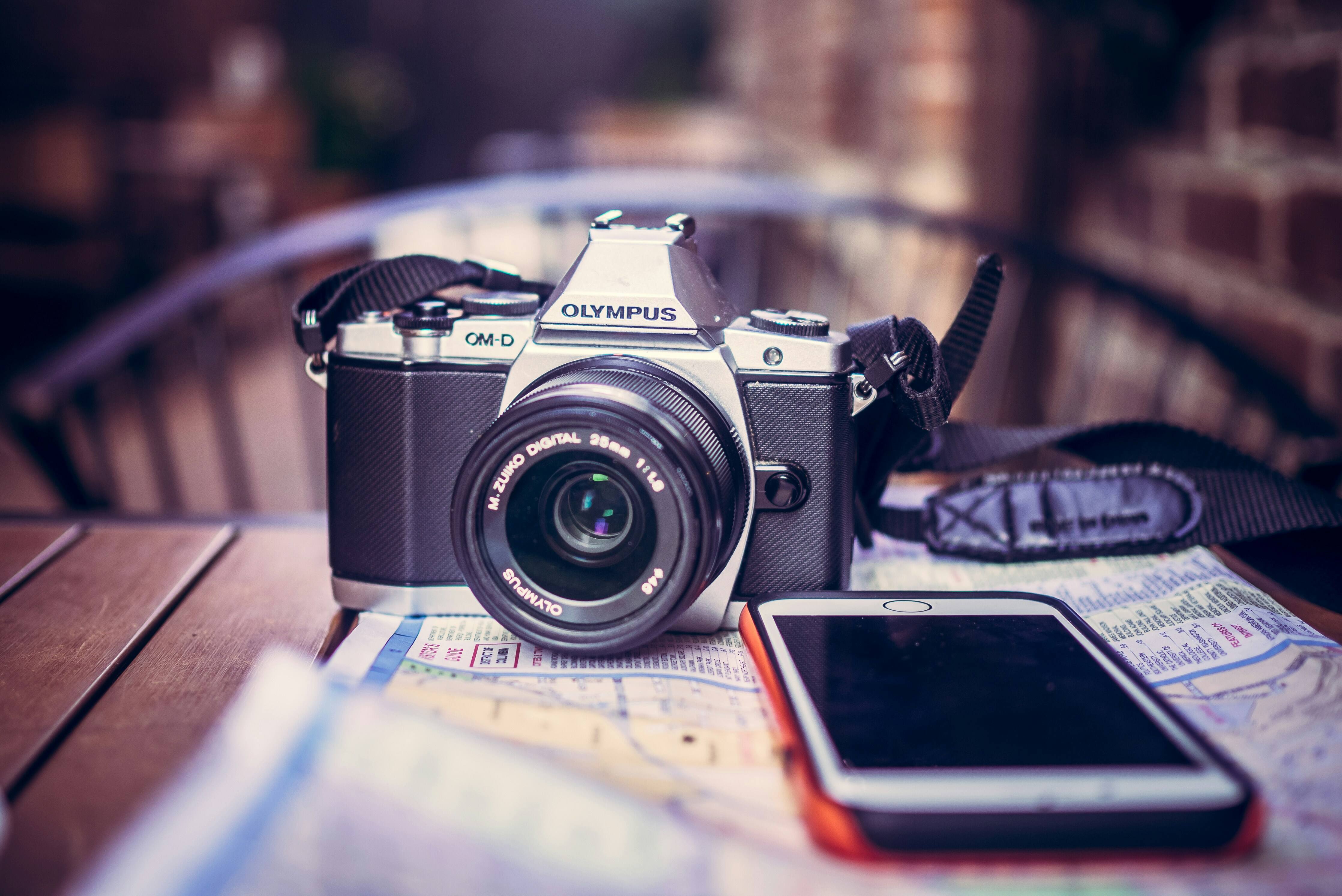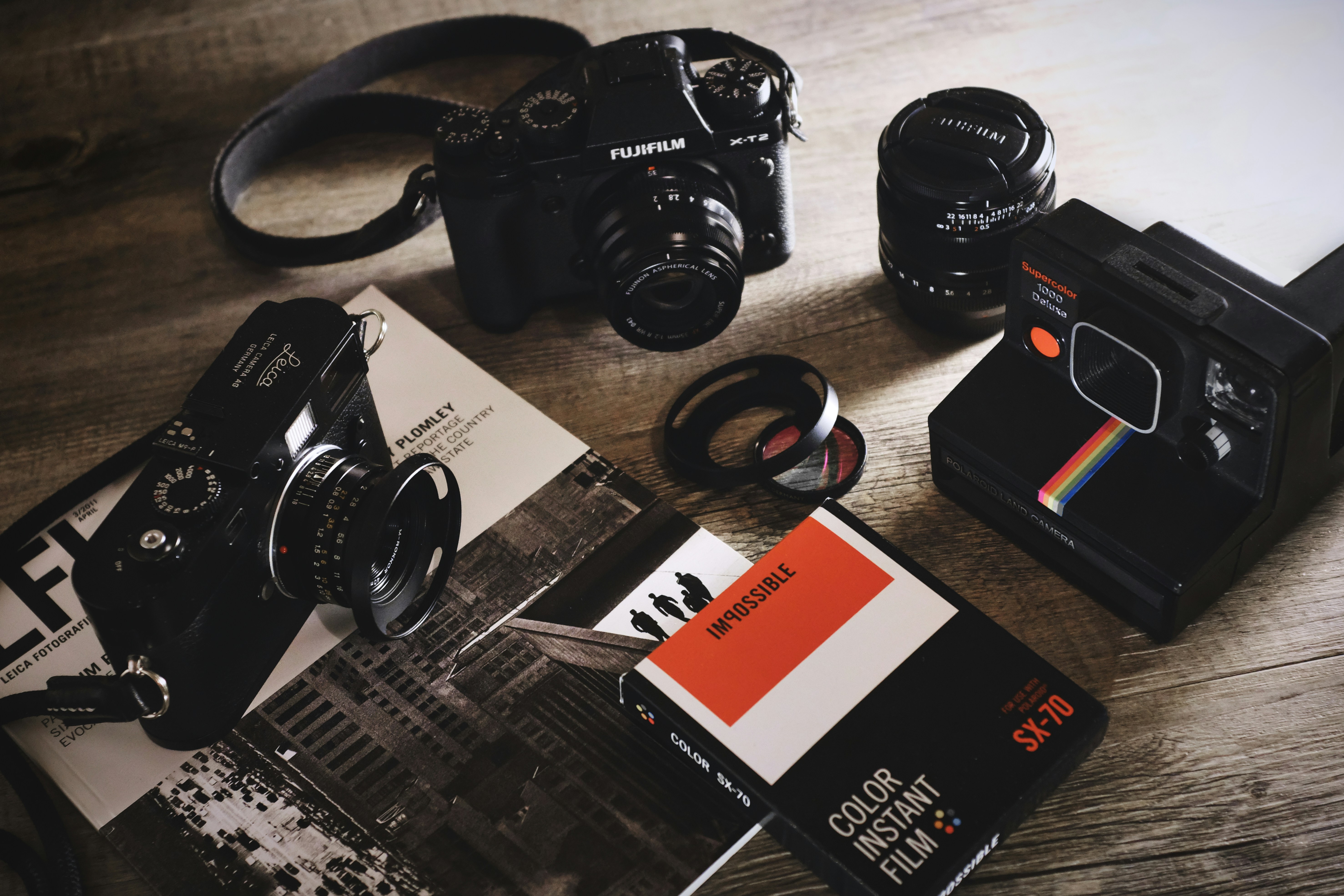Uncover the truth: Does a higher pixel count really mean a better camera

In digital photography, we often find ourselves bewildered by different technical specifications and parameters, among which ‘pixel’ is undoubtedly the most frequently mentioned one. Whenever a new camera is launched, we always hear heated discussions about its pixel count. But the question remains: does a higher pixel count mean a better camera? Let’s debunk this common myth in photography.
Pixels: The building blocks of digital photography
First things first, let us clarify what pixels do in photography. Pixels are the basic units of a digital image. Each pixel carries information about color, brightness, and position. Therefore, theoretically speaking, more pixels means more details and information that can be contained within an image.
Pros of high pixels
Higher resolution: With high-pixel cameras, you can take photos at higher resolutions which will enable you to crop and enlarge more without losing quality.
More details: In case you need to process or blow up your shots later on — This one especially goes for those who love doing macro photography or shooting subjects with rich textures such as fabrics or flowers — then having extra pixels will allow you to see even more fine points and textures that were not visible before due to limited resolution.
Cons of high pixels
However, as powerful as they may seem sometimes even giants have feet of clay; similarly so when it comes down to high resolution sensors there are some downsides too:
File size: High-pixel photos tend to be larger in file size too which means they take up more storage space and hence also may require longer processing time or transfer time during post-processing stages.
Noise problem: At very high ISOs (sensitivity settings), noise tends to creep in much faster on such sensors thereby affecting overall picture quality adversely.
Lens quality: If the lens being used doesn’t meet the required optical standards esp wrt resolving power, higher pixel counts won’t help much either.
What to look for when choosing a camera
The number of pixels is not the only thing that matters when choosing a camera. Here are some other important factors you should consider:
Sensor quality: The sensor has a significant impact on image quality. A good sensor will give better color reproduction, wider dynamic range, and less noise in low light conditions.
Lens performance: The lens is an important part of any camera system; it focuses light onto the sensor surface thereby forming images. It determines how sharp or soft those images are depending upon their design parameters such as focal length, aperture size, elements used, etc.
Focus speed and continuous shooting rate: These features come into play when capturing fast-moving subjects like wildlife, sports events, etc where moments can be gone within split seconds so if your intended subject requires frequent changes in distance from the camera then having faster autofocus abilities together with higher burst mode speeds will save day for you!
Ease of use and ergonomic design: An easy-to-use intuitive menu system combined with well-placed buttons/dials etc makes operating a pleasure hence increasing chances of getting desired results quickly without compromising on quality.

Conclusion
In conclusion, more megapixels do not make a better camera always. There are many other things that one needs to take into account while buying their next device — like sensor quality/lens performance/focus speed/continuous shooting rates etc. Also, it’s important not just to go by numbers alone but rather find out what suits your shooting style best before parting away with hard-earned cash because even the world’s greatest photographer can’t produce great shots using poor tools!

 EN
EN
 AR
AR
 DA
DA
 NL
NL
 FI
FI
 FR
FR
 DE
DE
 EL
EL
 HI
HI
 IT
IT
 JA
JA
 KO
KO
 NO
NO
 PL
PL
 PT
PT
 RO
RO
 RU
RU
 ES
ES
 SV
SV
 TL
TL
 IW
IW
 ID
ID
 SR
SR
 VI
VI
 HU
HU
 TH
TH
 TR
TR
 FA
FA
 MS
MS
 IS
IS
 AZ
AZ
 UR
UR
 BN
BN
 HA
HA
 LO
LO
 MR
MR
 MN
MN
 PA
PA
 MY
MY
 SD
SD















